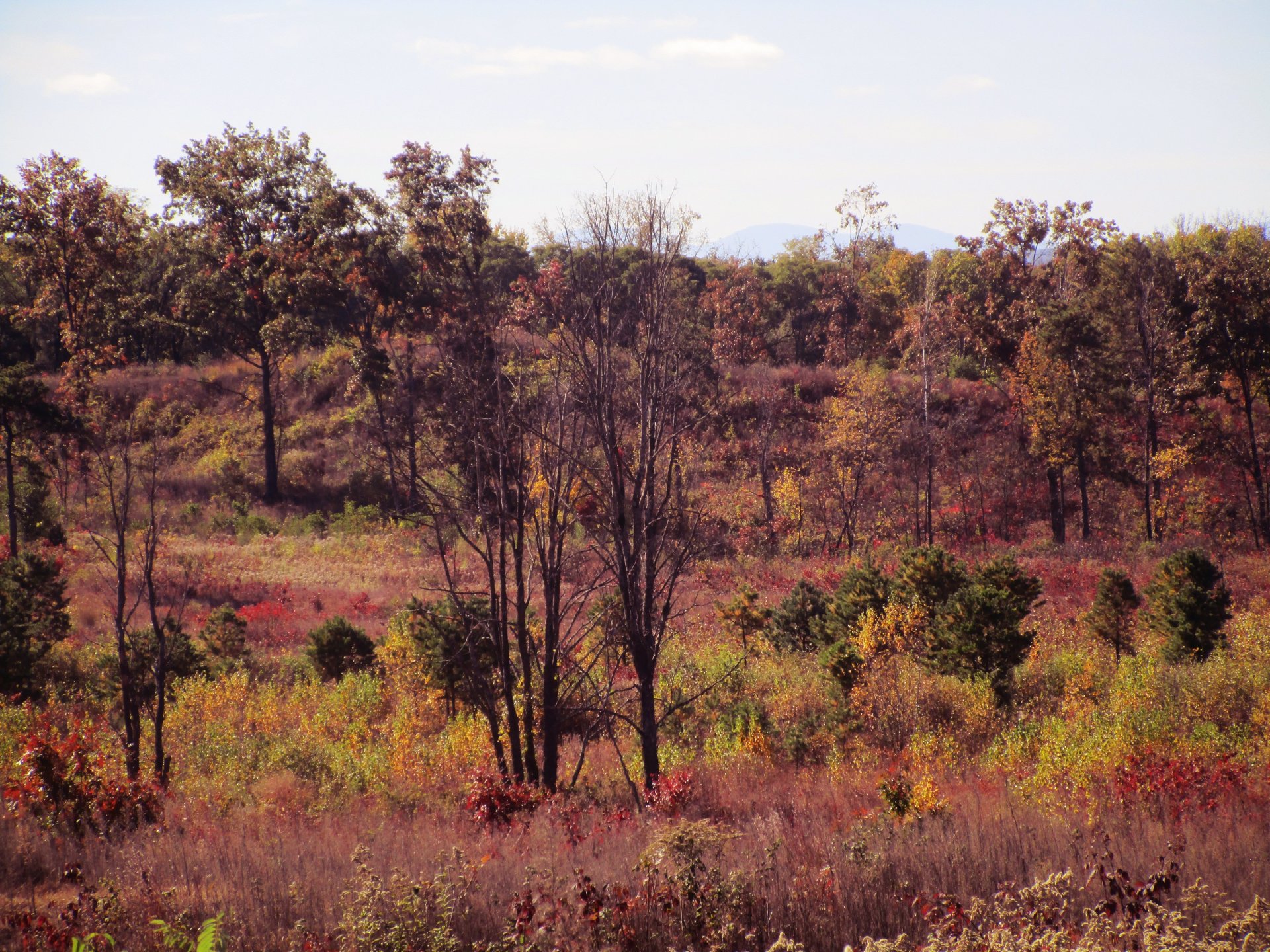Reprinted from Metroland —by Ann Morrow on September 18, 2014 ·
“The most important thing now is to excavate it,” said John Wolcott, pointing to a map projected on the wall behind him. The longtime historical researcher, archeologist, and cartographer was referring to Fort Nassau, the 1614 fur trading post built by Dutch mariners near today’s Port of Albany. The fort was one of the earliest European outposts in North America.
The success of the fort, which was used by both the Dutch and their Indian trading partners, was pivotal to the development of the province of New Netherlands—which means to New York state, and especially, its capital city. And it goes beyond that, said Wolcott: “Fort Nassau is very significant to American, Dutch, and Indian history.”
During his lecture at the Albany Public Library on Wednesday (Sept. 10), Wolcott illustrated his discovery earlier this year of the exact location of the long-lost fort, which he places toward the northern end of the Kenwood Rail Yard. Built 400 years ago on Castle Island, and flooded out after a few years (the island was later dredged and altered beyond recognition), the fort was surrounded by a moat, and also, as Wolcott discovered just last week, a road that ran through an Indian vegetable field.
Wolcott is confident that evidence of the fort could be found during an excavation, with the possibilities ranging from scattered shards to intact features, with a good chance that there is a substantial remnant of the storehouse, and perhaps parts of the defensive outer wall.
Unlike the little orange fort symbol onscreen at the library, Fort Nassau was not crenellated. It had gun ports but not bastions, said Wolcott. It may have been constructed from horizontal squared logs, and was roughly 60 square feet. Other than that, not a lot is known about the trading post that induced the powerful commercial establishments of the Netherlands to invest in the wilderness that became Albany.
After decades of cartographic sleuthing, Wolcott located the site by comparing the 1614 map by navigator Adrienne Block—regarded as being “amazingly accurate considering the limitations of the instruments of the time”—with a 1680s drawing he found in a rare book and an 1863 Coast Guard survey image, and matching-up the dimensions. “Charts and maps are like archeological layers,” he said. The discovery was reported in several Dutch publications, including De Telegraaf, Amsterdam’s largest-circulation newspaper.
Wolcott has done archeology research across the continent and has worked for the Smithsonian Institute and the New York State Museum. A lifelong resident of Arbor Hill, he first became curious about the fort as a child growing up in the South End.
In the early 1970s, Wolcott discovered the correct location of Fort Orange, which was confirmed by artifacts unearthed during a brief archeology dig before the site was buried under 1-787. Wolcott and his colleague, local historian Don Rittner, are hoping that history will not repeat itself, as the Fort Nassau site is on land owned by the Fortune 500 energy supply company Global Partners. The fort got a lucky break when Global changed the location for its planned boiler plant, shortly after Wolcott’s announcement of his discovery. However, the archeologist remains concerned by Global tankers backing over the site for parking, since any excavation project would have to have approval from the company.
Exploration into the fort would not only add to the knowledge of Albany and New York state history, he said, but would also contribute to an understanding of the relationship between arriving Europeans and the region’s indigenous peoples: “In the lack of written records, you can read the archeological strata and artifacts.”
The site is located near a small park, and if any remains were found to confirm it, Wolcott said, the fort’s potential for heritage tourism would be tremendous.
Monday, September 22 was declared John Wolcott Day in the City of Albany by Mayor Kathy Sheehan on the occasion of his 82nd birthday. John has contributed greatly to the city through his archeological findings and support of the environment
Published in October/November, 2014 Save the Pine Bush Newsletter
